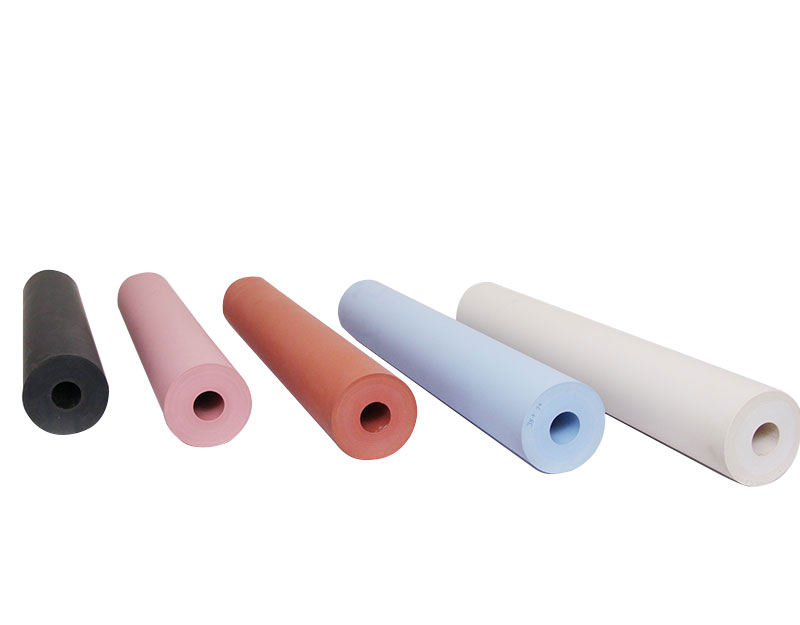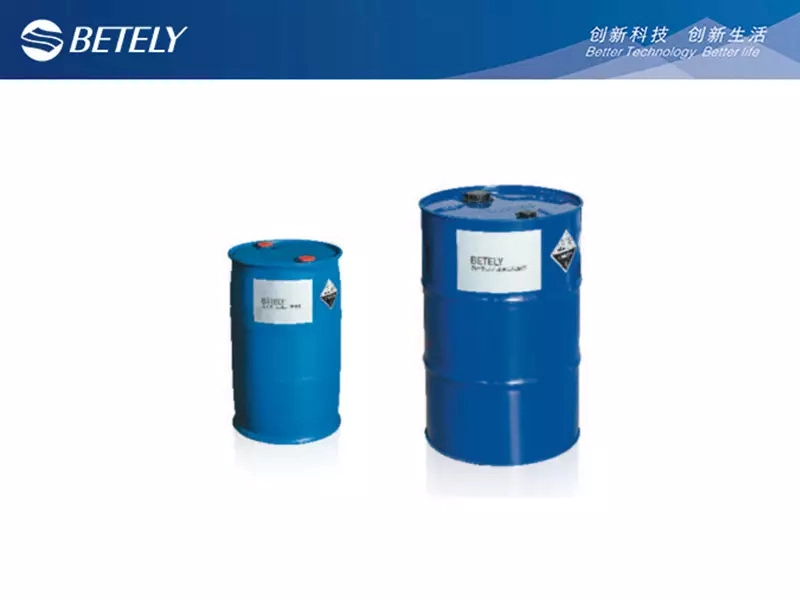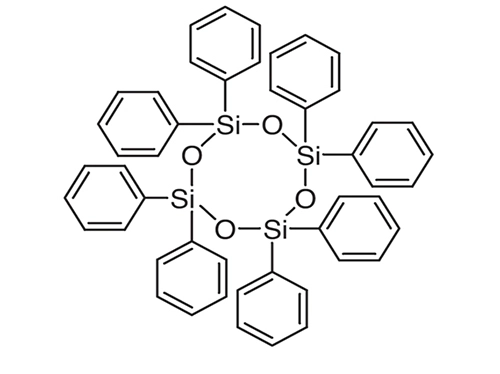Heat transfer silicone rubber is a highly versatile material with unique thermal properties that have revolutionized the heat transfer industry. This material is used in a wide range of applications to transfer heat efficiently between components to enable optimal performance.

Properties of Heat Transfer Silicone Rubber
Heat transfer silicone rubber is a flexible elastomer that has excellent thermal conductivity. It can transfer heat effectively without being damaged at high temperatures. This material is also resistant to chemical corrosion, flame, and moisture, making it an ideal choice for harsh industrial and manufacturing environments.
Another unique property of heat transfer silicone rubber is its electrical insulation properties, making it a preferred material for electronic components that require both heat transfer and electrical isolation. It is also known for its excellent tear strength, elongation, and compression set. These properties make it a durable material that can withstand significant thermal cycling without breaking down.
Applications of Heat Transfer Silicone Rubber
The thermal properties of heat transfer silicone rubber make it a preferred material for a wide range of industrial and manufacturing applications. One of the most common applications is for use in thermal management solutions for electronics. It is also used as a thermal interface material (TIM) for components such as CPUs, power amplifiers, and LED lighting.
Heat transfer silicone rubber is also applied in the automotive and aerospace industries for heat management solutions. It is used as gaskets, seals, and connectors for engines, transmissions, and exhaust systems. Additionally, it is used in the production of HVAC systems, heat exchangers, and other industrial thermal applications.
Advancements in Heat Transfer Silicone Rubber
As the demand for heat transfer silicone rubber continues to grow, manufacturers are continually developing new formulations that offer enhanced performance and properties. One of the recent developments is the addition of metal particles to silicone rubber to enhance its thermal conductivity. These materials are known as thermal interface materials (TIMs) and have significantly improved the efficiency of heat transfer.
Another advancement in heat transfer silicone rubber is the development of electrically conductive grades. These materials have been engineered to transfer heat and electricity simultaneously, making them ideal for electronic components that require both properties.
Heat transfer silicone rubber is a valuable material with unique thermal properties that make it an ideal choice for many industrial and manufacturing applications. Its resistance to high temperature, chemicals, and moisture, along with its electrical insulation properties, make it a versatile material that has revolutionized the heat transfer industry.
As manufacturers continue to develop new formulations of heat transfer silicone rubber, we can expect to see increased efficiency and performance in a wide range of applications. Whether in thermal management solutions for electronics, automotive and aerospace heat management, or industrial thermal applications, the versatility of heat transfer silicone rubber makes it an essential material for the modern world.




